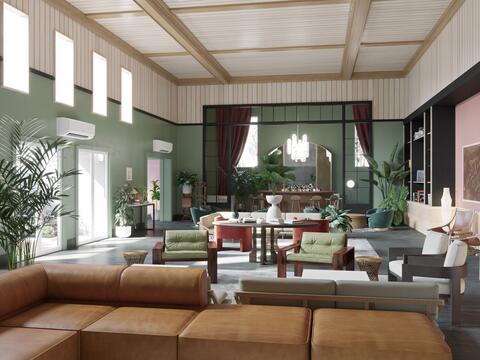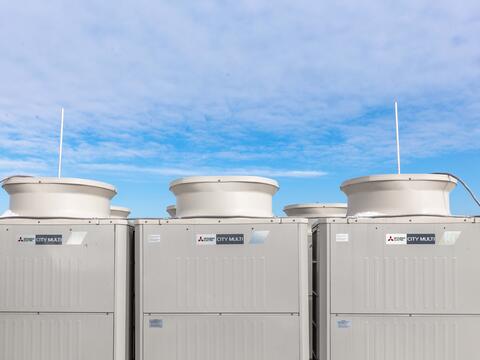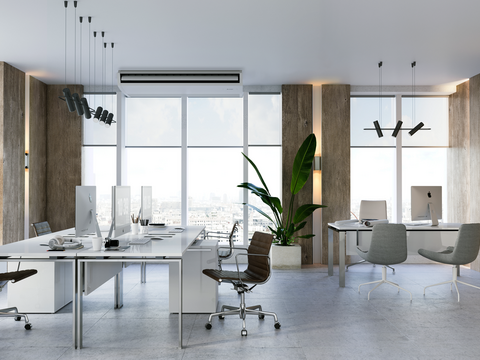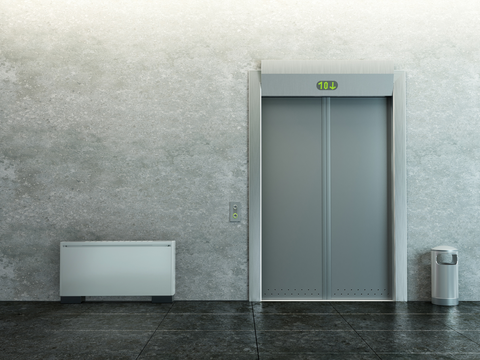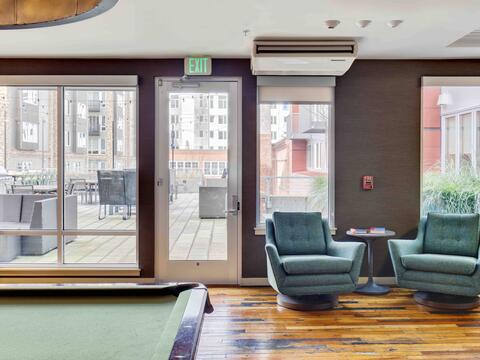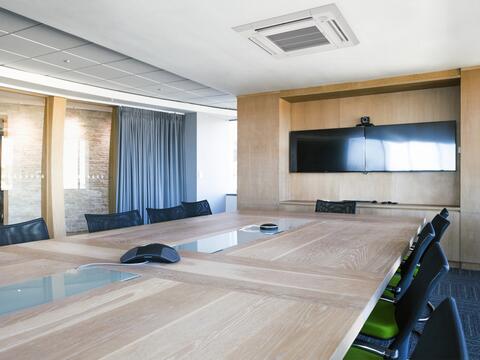¿Cómo mejoran la sostenibilidad los sistemas de VRF?
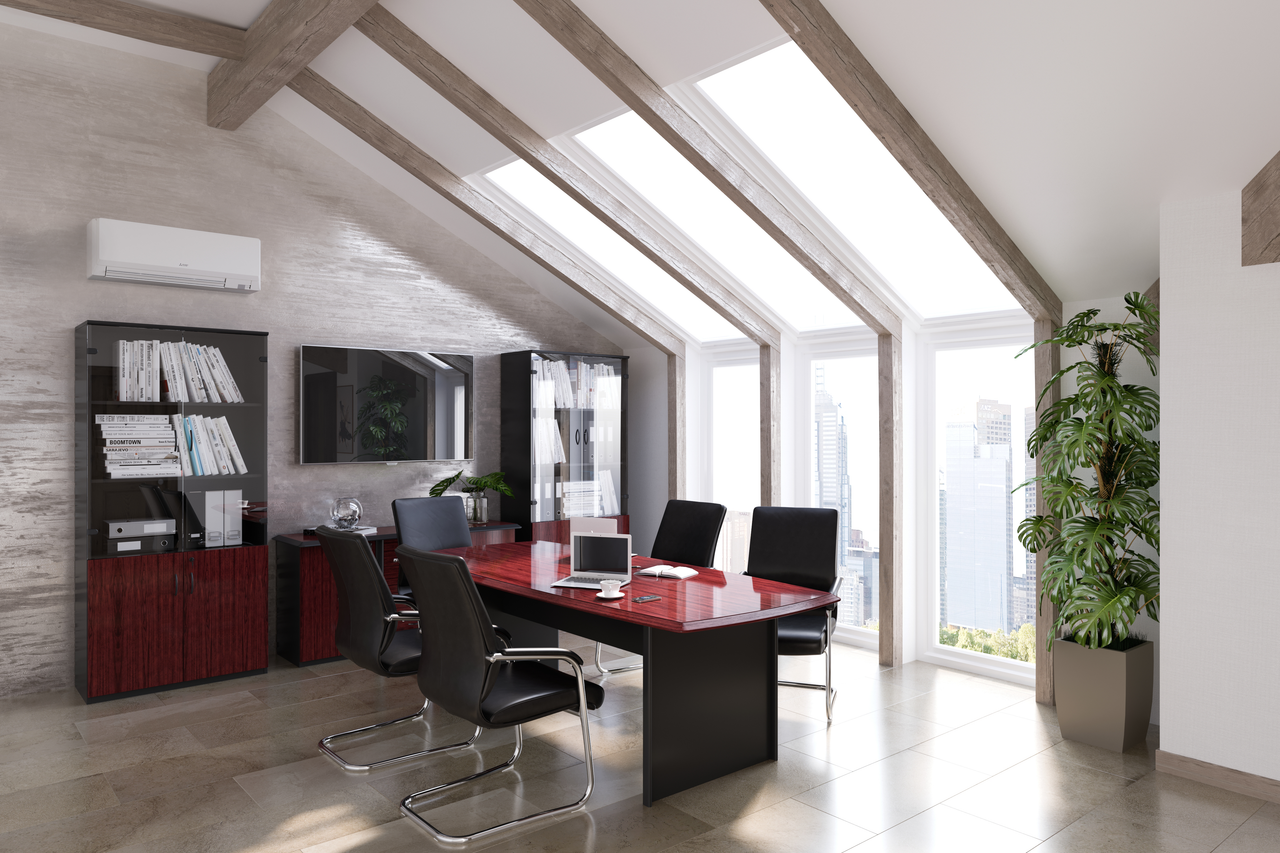
Los desarrolladores y propietarios de edificios están inmersos en un ambiente de regulaciones y un mercado inmobiliario en constante evolución, donde la sostenibilidad tiene un impacto sensible en el valor, los costos de operación y la comerciabilidad de sus propiedades. Los edificios sostenibles satisfacen nuestras necesidades de comodidad, salud y seguridad al mismo tiempo que minimizan los desperdicios y reducen el impacto ambiental. Lamentablemente, las fuentes de combustible y los sistemas mecánicos obsoletos limitan la capacidad de un edificio de adaptarse a esta transición. Por ejemplo, los sistemas de calefacción a gas convencionales son frecuentes, pero cada vez menos prácticos para los edificios modernos. With rising demands for decarbonization and cleaner air, the environmental and business costs of relying on fossil fuels and inefficient systems will only get higher.
Variable Refrigerant Flow (VRF) technology offers a cleaner and more efficient way to heat and cool buildings. With no need for fossil fuels, all-electric VRF systems empower building owners to reduce operating costs and improve occupant comfort while future-proofing their facilities for sustainability.
The Electric Experience
Strategic electrification is the movement to responsibly reduce society’s dependence on coal, oil and natural gas by switching to energy-efficient, all-electric technologies. Energy-efficient appliances and systems draw less energy from electricity grids transitioning away from fossil fuels. As grids incorporate more renewable energy sources like solar power and wind, the environmental impact of all-electric technologies shrinks. Installing a VRF zoning system can help decarbonize a building but also delivers the superior comfort control and user experience needed to energize public support for electrification.
VRF technology divides a building into zones with individual set points based on usage, occupancy and user preferences. Using an INVERTER-driven compressor and continuous fan operation, a VRF system keeps each zone’s temperature steady while consuming minimal energy. Building owners and tenants benefit from low, predictable utility costs, precise comfort control and easier compliance with building codes and local laws restricting building emissions. Choosing a VRF zoning system can also create opportunities to qualify for utility incentives and sustainable building certifications.
Repurpose Existing Heat
VRF technology repurposes existing heat from ambient outdoor air or a nearby water source to heat interior zones. Unable to utilize naturally occurring heat, conventional heating systems burn fossil fuels and emit byproducts including nitrous oxide (NO2), sulfur dioxide (SO2), carbon dioxide (CO2) and particulate matter 2.5 (PM 2.5). Repurposing ambient heat with VRF technology is more cost-effective, efficient and sustainable than on-site fossil-fuel combustion.
A VRF system engineered for heat recovery can also redirect heat from zones in cooling mode to zones in heating mode. By heating zones with would-be waste heat, VRF heat-recovery systems further improve sustainability and utility costs.
Cold-Climate Performance
The current generation of cold-climate VRF technology makes electrifying for sustainability practical in more climate zones than ever and continues to improve. VRF systems offer unprecedented capacity and efficiency at low outdoor ambient temperatures. With Hyper-Heating INVERTER® (H2i®) technology, VRF systems can provide continuous heating at temperatures as low as -27.4 F. Engineers and architects committed to sustainable, low-carbon designs can also consider water-source VRF systems to further reduce derating in extreme climates.
The transition toward a more sustainable built environment presents complex challenges, but Mitsubishi Electric has the expertise and solutions to see you through. Contact your Mitsubishi Electric distributor or local representative to get started.


